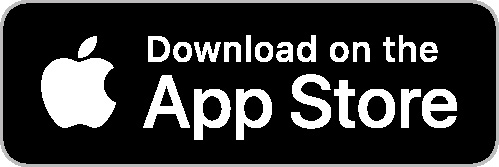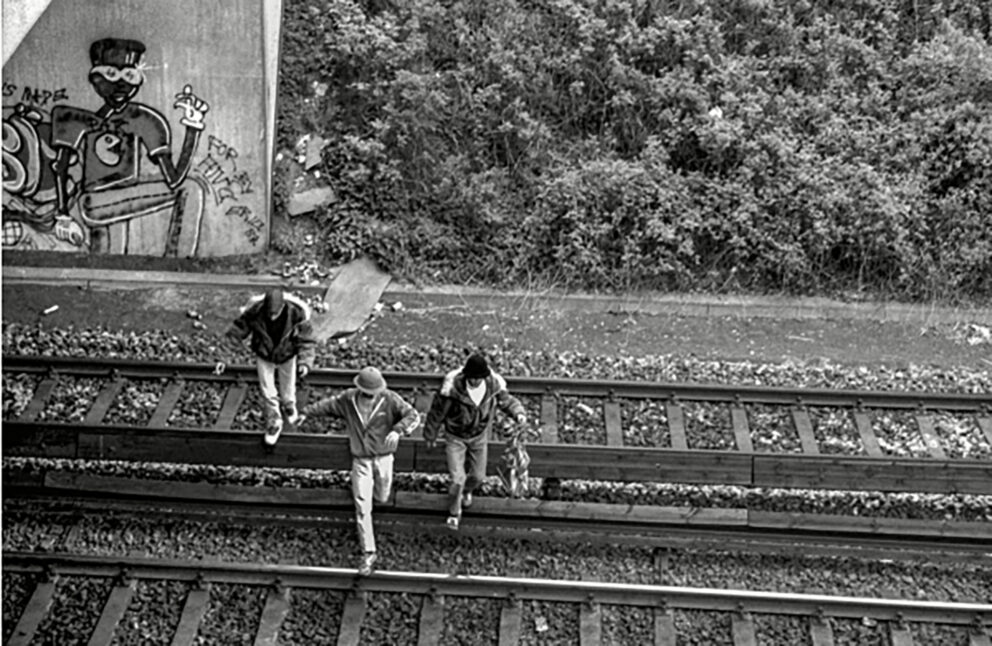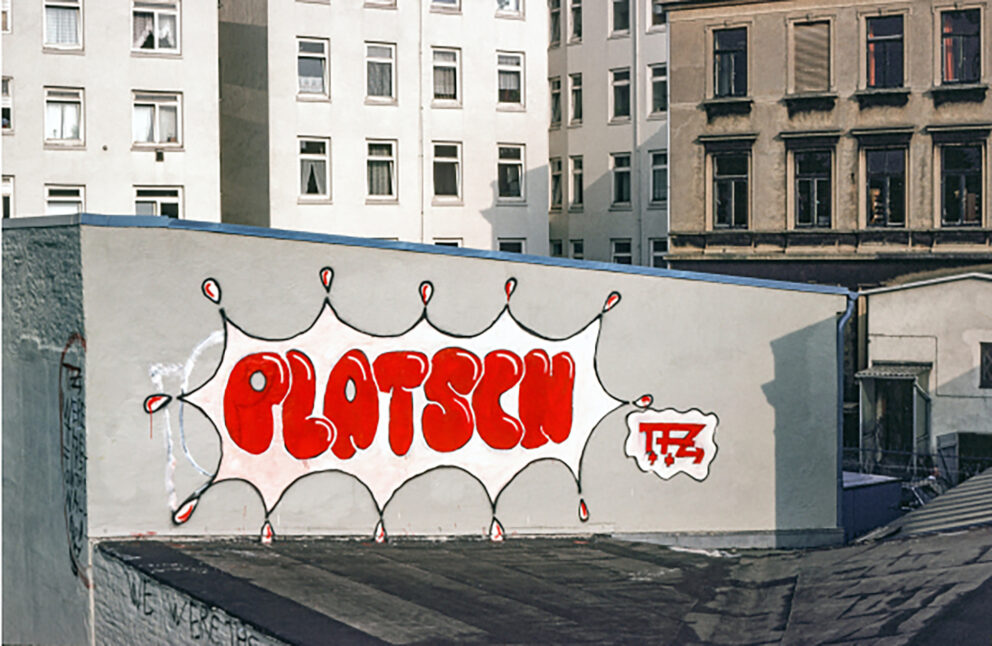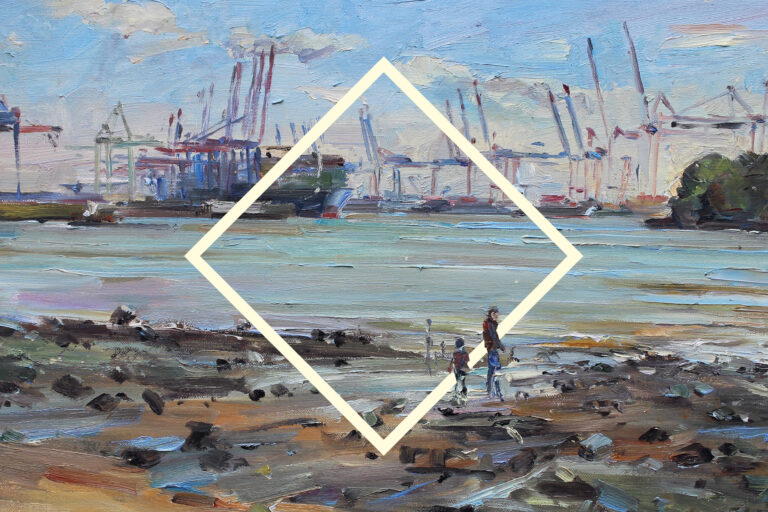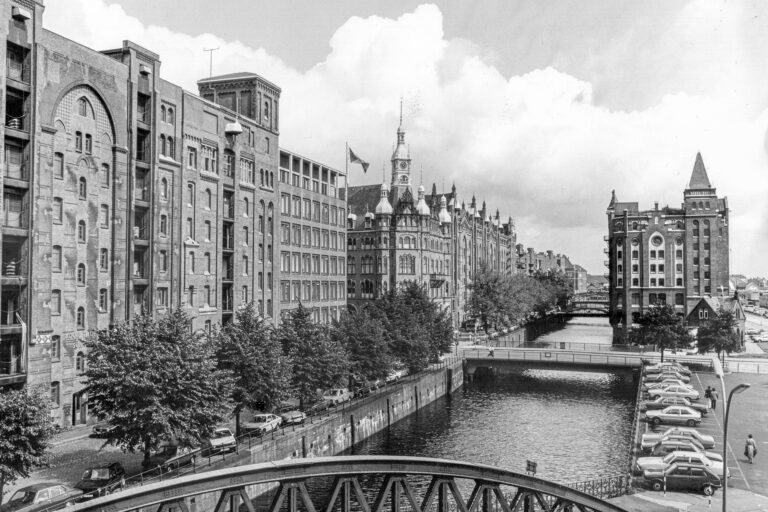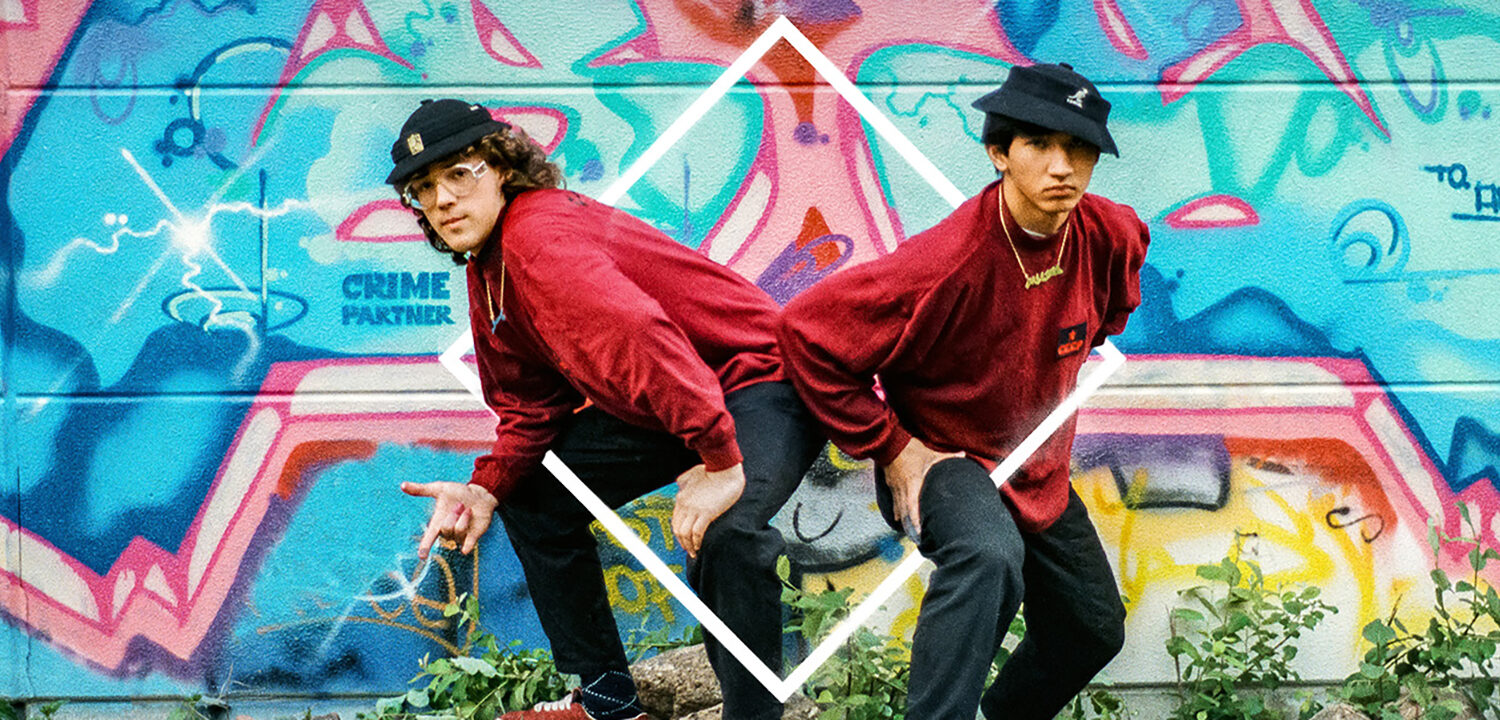
At the beginning of the 1980s, Hamburg’s urban landscape gradually began to change. The instigators of this transformation were not urban planners, however, but graffiti artists: inspired by films like Wild Style and Beat Street, they moved around the city at night with spray cans and left behind colourful pictures, symbols and writing on walls, bridges and train carriages. Over the course of time, Hamburg – which had been a grey city dominated by postwar architecture – was transformed into a colourful and diverse metropolis which soon became one of the European epicentres of the graffiti and hip-hop scene, alongside Paris, Amsterdam and Munich.
The exhibition “A CITY BECOMES COLOURFUL. Hamburg Graffiti History 1980-1999”, which will run from 2 November 2022 until 31 July 2023 at the Museum for Hamburg History, tells the story of the origins of this youth subculture in Hamburg. The curators Oliver Nebel, Frank Petering, Mirko Reisser and Andreas Timm have assembled almost 500 exhibits, including photographs, texts, sketchbooks, spray cans, newspapers, magazines, vinyl records and accessories. In their research, they were able to build on their previous collaborative work: they are the editors of the lavishly illustrated book A City Becomes Colourful (published in 2021), from which the exhibition gets its name.
The multimedia smartphone app “OUR CITY BECOMES COLOURFUL” has been developed to accompany the exhibition. It enables visitors to follow in the footsteps of the subculture as they explore the city.
The App for the exhibition
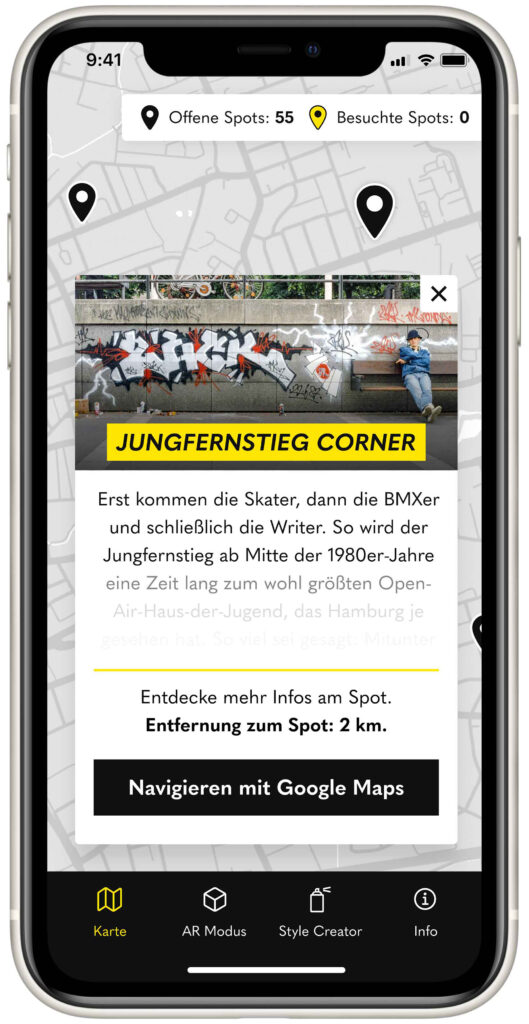
The digital project UNSERE STADT WIRD BUNT uses an APP, an interactive city map, and an AR tool to offer free digital services for the EINE STADT WIRD BUNT exhibition at the Museum for Hamburg History.
The exhibition shows a unique insight into one of the most exciting chapters of recent cultural history. It illuminates the “Hamburg Graffiti History” from 1980 to 1999; the transformation from a gray and barren Hamburg characterized by post-war architecture to a colorful, vibrant city that was one of the European epicenters of the graffiti and hip-hop scene. Hamburg played a central role in the spread of hip-hop’s youth culture, particularly the art form of graffiti in Germany.
The accompanying digital services provide a location-based look into the past and thus extend the exhibition into the space in which graffiti is at home: the city.
Download the exhibition app from the Google Playstore and App Store. With the app, you can:
- Get an overview of the distribution and brief info about the 55 Spots on the map
- Explore each Spot in AR mode, see photos from back then, and read more in-depth info
- Design your own styles, lettering, and sketches and share them on Instagram
The Exhibition Catalog
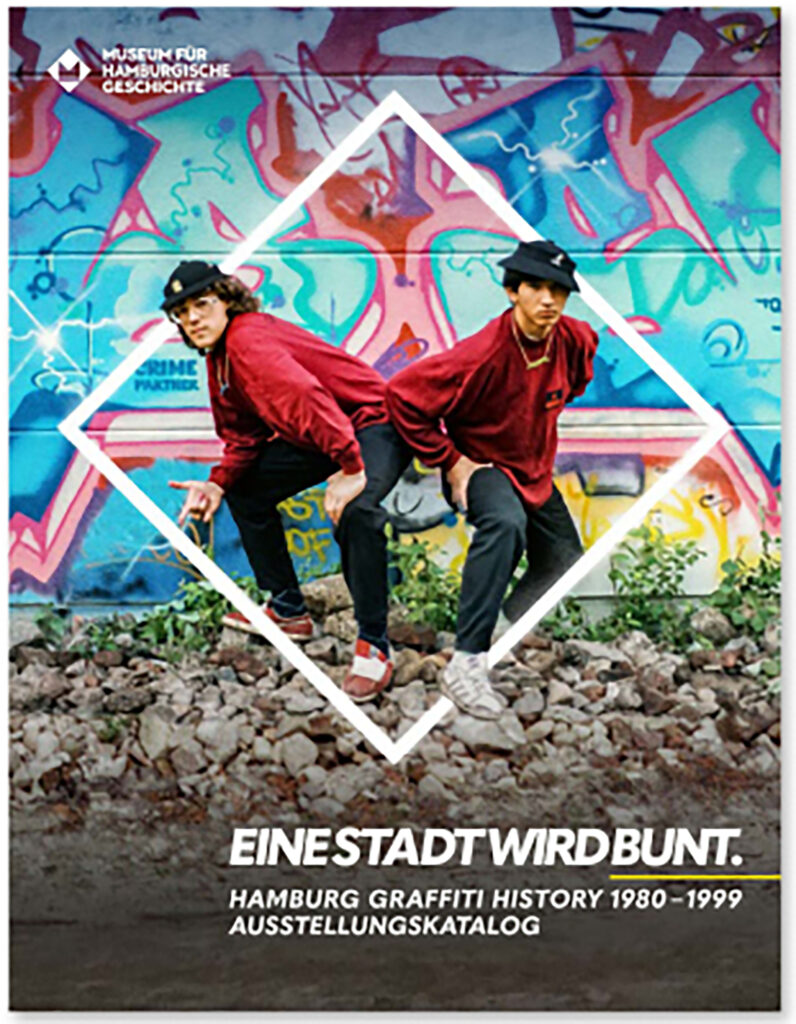
The opening will be accompanied by a catalog of the exhibition’s photographs, objects, and text, available for purchase in the museum store, bookstores, and online.
Paperback
144 pages
ISBN 978-3-9824951-0-1
19,80 Euro
The Book
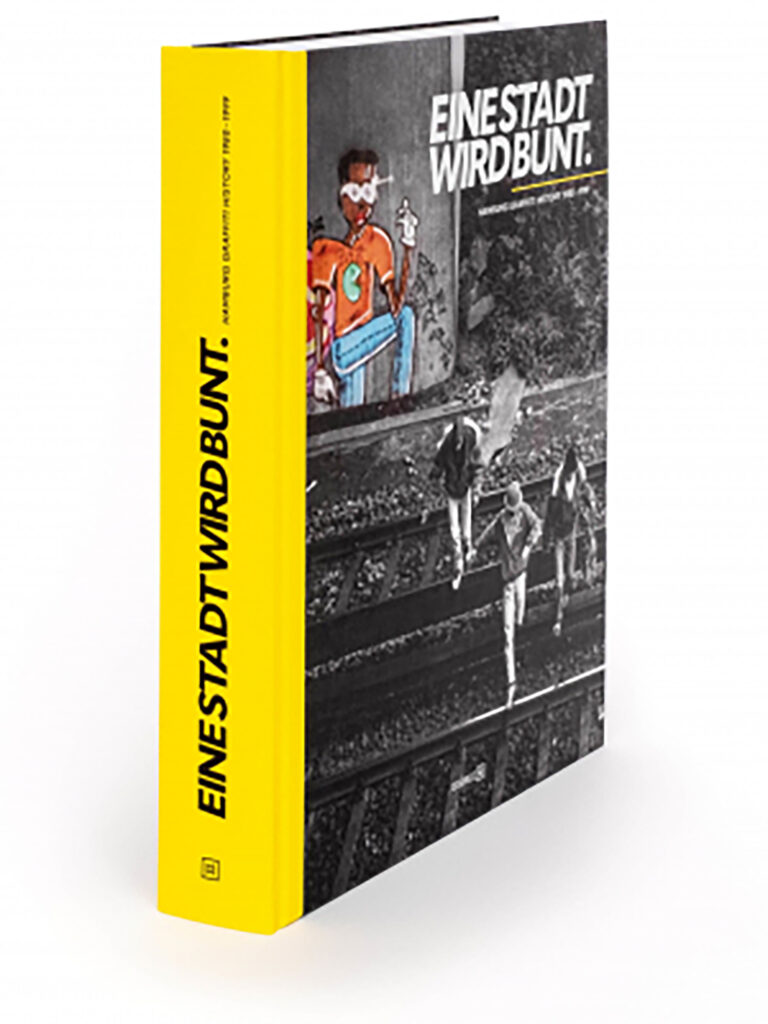
The exhibition is based on a book which was published at the end of 2021 following over six years of research and writing, and which comprehensively documents the emergence of Hamburg’s graffiti scene. Through text and pictures, the 560-page volume illustrates in detail how a graffiti scene developed in the Hanseatic city from the early 1980s onwards. Over 1,300 photos show graffiti pioneers and their works. The text features accounts from contemporary witnesses and sheds light on the social and cultural conditions that contributed to the emergence of the subculture in Hamburg.

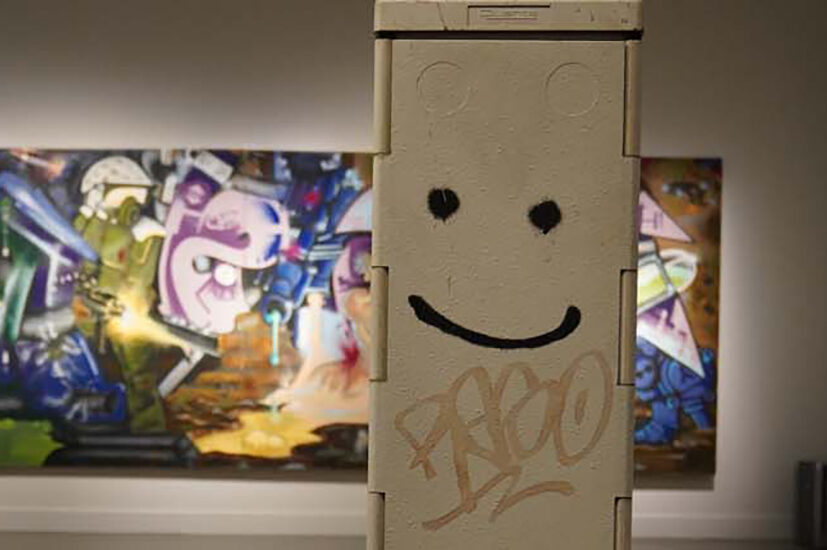
Explore our new exhibition “EINE STADT WIRD BUNT. Hamburg Graffiti History 1980-1999”. Immerse yourself in our new online exhibition and enjoy a piece of Hamburg graffiti history digitally.
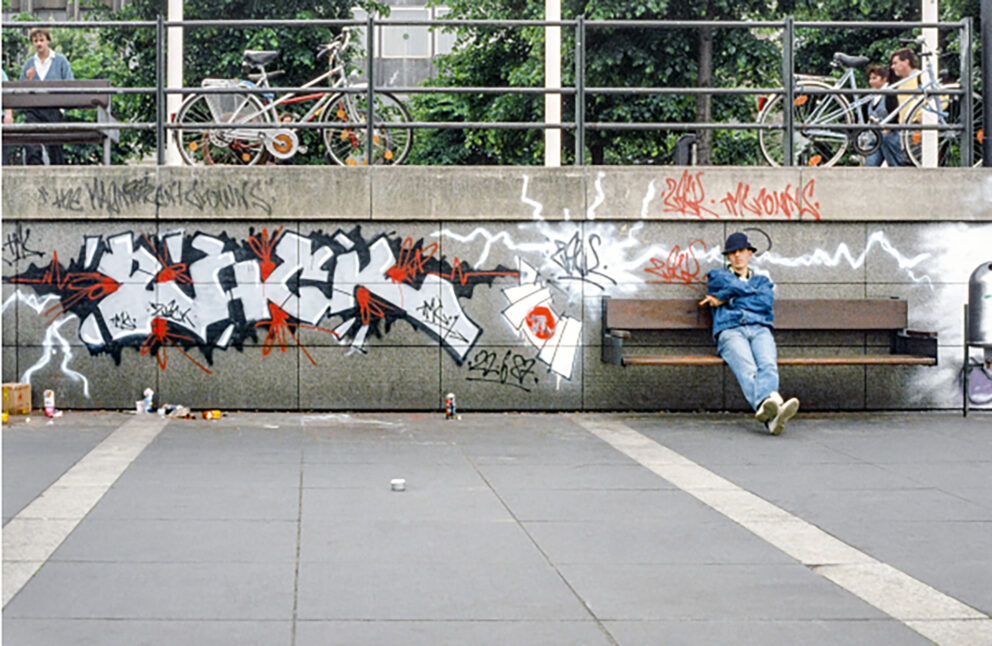
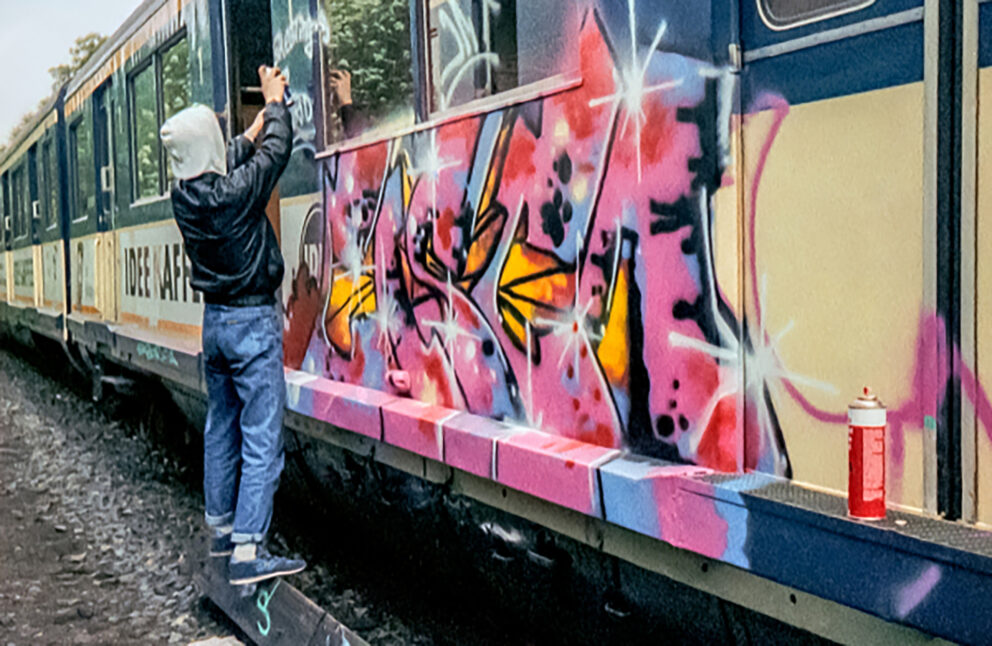
Supported by




The app was developed as part of

In cooperation with
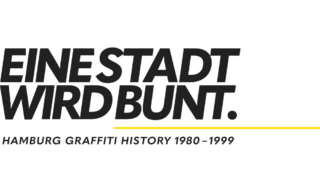
Picture: Die Crime Partner (CCCP), CanTwo und Jase, 1988 in front of their work at Pein & Pein in Halstenbek, Photo: Fedor Wildhardt, EINE STADT WIRD BUNT


